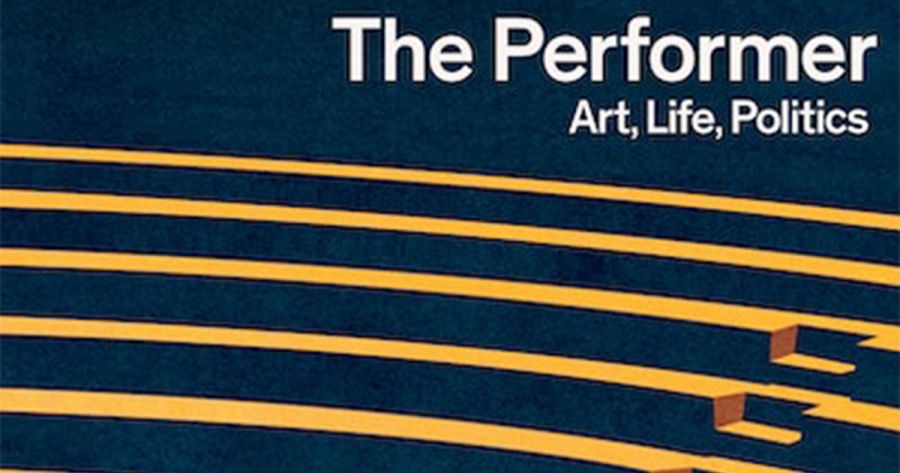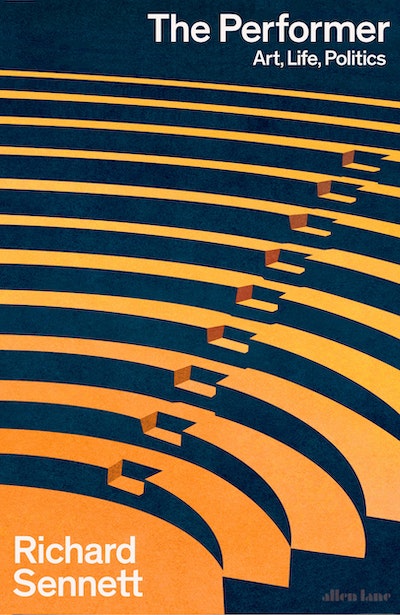
- Free Article: No
- Contents Category: Music
- Review Article: Yes
- Article Title: Realms of power
- Article Subtitle: Life as performance
- Online Only: No
- Custom Highlight Text:
Richard Sennett is a distinguished American-born sociologist who has in the past written compellingly about ways in which social and economic developments have shaped larger cultural frameworks. This new work, which the publishers advertise as ‘the first in a trilogy of books on the fundamental DNA of human expression’, is even more wide-ranging in its scope, attempting as it does to cover how the nature of performance has shaped not only politics but also the creative arts and ‘life’ itself. Sennett’s first words are taken from Shakespeare’s As You Like It, ‘All the world’s a stage’, and he aims to track the implications of Jaques’s words across different periods of history, looking for ‘the bonds between people that stretch across time as well as space’.
- Book 1 Title: The Performer
- Book 1 Subtitle: Art, life, politics
- Book 1 Biblio: Allen Lane, $55 hb, 249 pp
- Book 1 Cover Small (400 x 600):

- Book 1 Cover (800 x 1200):

This is an odd book, very interesting and thought-provoking in parts, but leaving the reader with a sense that Sennett may have bitten off more than he can chew. He deliberately distances himself from what he calls, with telling scare quotes, ‘the burgeoning academic field of “performance studies”’, on the grounds that he ‘wanted to think things out for myself’, with his primary goal being ‘to engage my reader, who also is probably no academic specialist’. But while his anecdotes and case studies are engaging, the obvious risk of this approach is a lack of clear definition and focus. The term ‘performance’ can cover any number of different activities, from ‘performance’ at work to theatrical acting or concert performance, and Sennett never quite clarifies the limits of his argument.
Nevertheless, there are various topics addressed in this book about which Sennett is both illuminating and convincing. He is especially good on music, an area in which he has particular expertise, having trained to be a classical musician in his youth. He writes here authoritatively both about performance skills that have shaped the classical repertoire, with especially acute observations on Leonard Bernstein, and also about free forms of jazz, where the dynamics of spontaneous performance are deliberately designed to interrupt formally enclosed systems. He similarly has interesting things to say about the ostentatiously theatrical styles of Richard Wagner’s operas, which he links to the courtly worlds of eighteenth-century Versailles, where social graces and visual impressions counted for everything. Sennett had a chapter on ‘Man as Actor’ in what is probably his most famous book, The Fall of Public Man (1977), and the particular strength of his writing has always been its capacity to bring disparate fields into illuminating juxtaposition, so as to craft a lucid line of argument that cuts across both scholarly expertise and the public sphere.
This kind of discursive skill manifests itself in The Performer. Sennett’s wide range of reference allows him to draw an illuminating contrast between ancient Greece, where the word for mask and face was the same (prosopon), and the fifteenth century, when Niccolò Machiavelli introduced a distinction between them. It has, of course, always been true that charisma of various kinds has carried public influence, and Sennett draws a nice comparison between Donald Trump and the wealthy Greek of ancient times, Cleon, who similarly posed as a ‘man of the people’. Observing how the fact that ‘Louis XIV danced amazingly well’ helped to ‘legitimate his aura as a charismatic figure’, Sennett infers from this that ‘in the realm of power, appearances matter more and more’.
On the other hand, there have been many influential figures throughout history who have deliberately resisted the allure of worldly performance on the grounds that such a quality could be considered superficial or even meretricious. William Gladstone, for example, performed his prime ministerial duties diligently without ever taking easily to the mass media of his time, and for Sennett to advance performance as a universal condition would appear questionable. He criticises the twelfth-century theologian John of Salisbury as ‘talking nonsense’ for despising ‘the theatre of this world’, with Sennett claiming that theatre ‘became in his time ever more important to the practice of religion’. But there were many different responses to the apparatus of religious ceremony in the twelfth century, and it was precisely such a displacement of interior consciousness into ritualistic display that this twelfth-century monk was reacting against.
By attempting to cover so much ground, Sennett tends to abjure historical depth and to skate over too many issues. Yet he is very good on Inigo Jones’s construction of Covent Garden and the London Banqueting Hall in the 1620s, with urban architecture and its projection of illusory spaces being another area in which Sennett has special expertise. He also has many perceptive things to say about overlaps between public space and theatrical domains in New York, expressing a particular fondness for jazz clubs and other liminal zones where ‘the stage rejoins the street’. But his comments on literary figures such as Mary Shelley and Henry James are simplistic, with Sennett making James sound like a Sunday School teacher by claiming that the burden of his novels is that a ‘leap of faith involves committing to other people, even though you are scarred’.
There also seems to be a performative element to Sennett’s narrative itself, with the author not only making very brief allusions to key intellectual figures (Stephen Greenblatt, Richard Rorty), but also engaging in plentiful name-dropping as he mentions his personal associations with celebrated intellectuals such as Hannah Arendt and Roland Barthes (‘once Roland took me to a Japanese restaurant in Paris …’). There is also a structural contradiction here, for Sennett argues fiercely against the current fashion for ‘accessibility’ in art, which he understands, like the New York intellectual that (in part) he is, as a ‘cognomen for condescension’. He is particularly hostile to bureaucratic attempts to ‘pasteurize’ art, and he suggests forcefully that in trying to wrap art which is ‘unsettling’ in ‘tourist cellophane’, arts administrators are short-changing ‘the urban public’, who would prefer openness to ‘difficulty and dissonance’. Yet Sennett does not always follow his own advice in articulating complex questions around performance, which are sometimes levelled into what the author himself acknowledges, perhaps half guiltily, as a ‘too neat summary’.
Overall, this is an interesting work, with many good parts, but one that remains digressive and relatively unfocused. It is also, at some level, a book about ageing, not only in its attention to how elderly performers renew themselves, but also in what the author apologetically calls its ‘armchair psychoanalyzing (though why not?)’. This results in some tenuous hypothesising about how ‘late style’ involves the urge in old age ‘to repossess, to start again, to renew – by destroying’. Sennett cites here the model of Johannes Brahms, who, like other elderly artists, was eternally revising his musical pieces ‘in order to feel you are not over’.
Sennett himself is now eighty-one, and it is not difficult to see that he is implicitly presenting this work as an example of his own late style. In its combination of autobiography and cultural criticism, Sennett makes some brilliant connections and offers penetrating local insights. However, he might perhaps be better advised to consider making the next instalment of this series an autobiography tout court, since the personal material here carries more directness and traction than the rather flimsy conceptual framework that supports it.


Comments powered by CComment